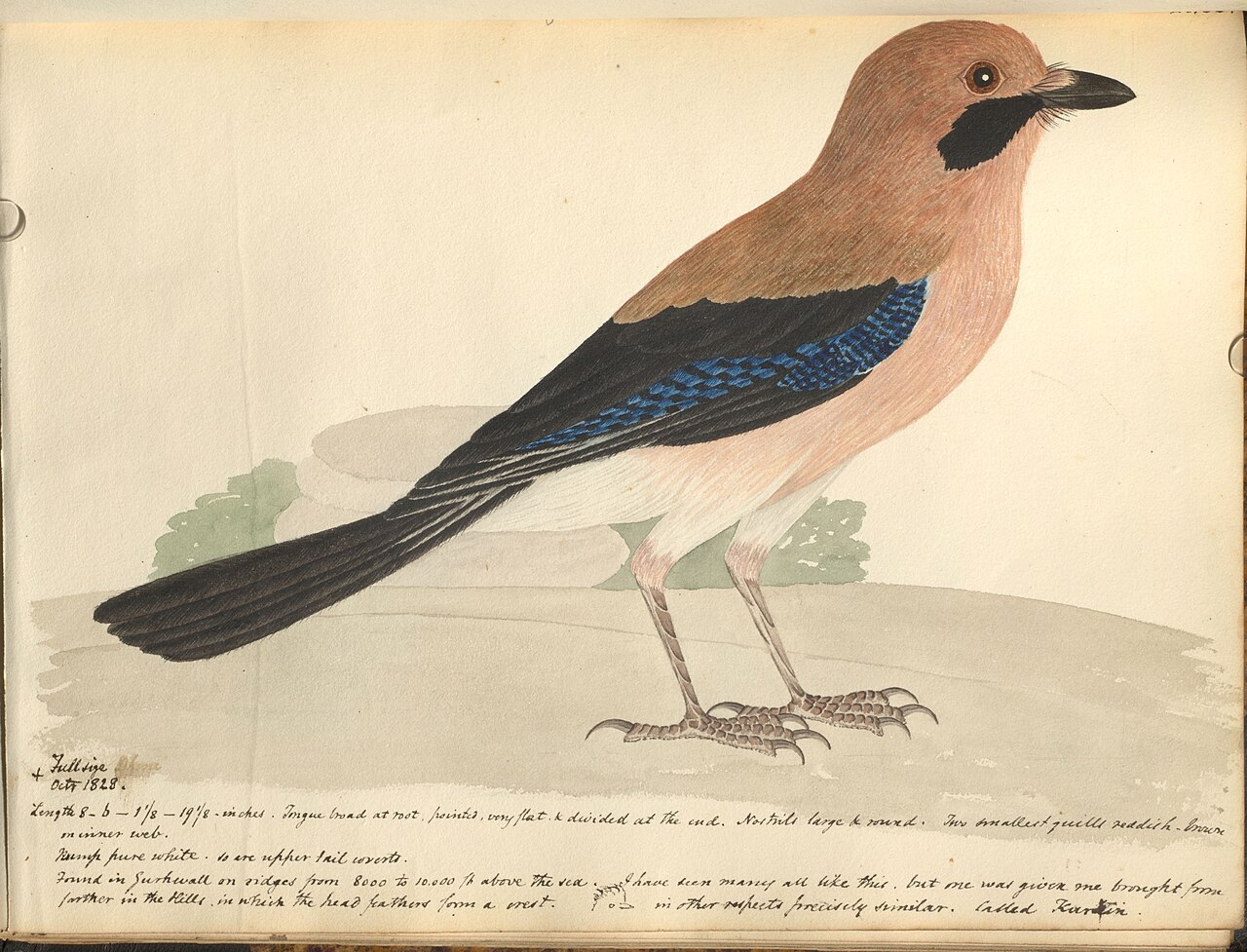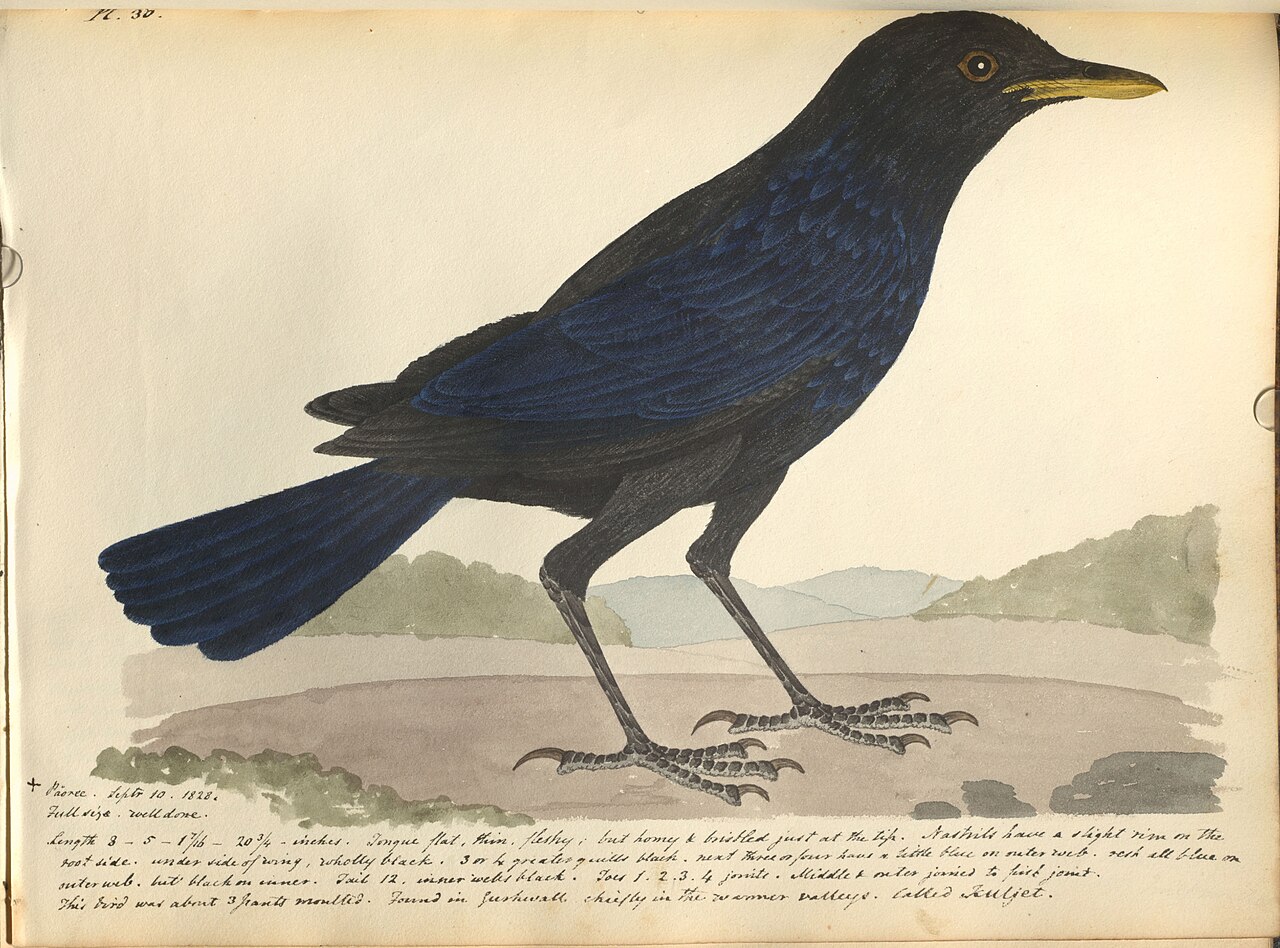Frederick John Shore is not a name familiar to those interested in Indian birds. A pioneer bird observer and artist, his omission is rather unfortunate. He is apparently still remembered in Dehra Dun by the well that he had constructed there and for being among the "Three Fredericks" associated with Mussoorie (the other two being Frederick Wilson and Frederick Young). The Himalayan flameback (Dinopium shorii) is named after him, his type specimen was exhibited at a Zoological Society of London meeting by his brother. John Gould commented on him in the Birds of Asia:
 |
| An 1820 portrait of F.J. Shore |
Shore was involved in suppressing a revolt by gurjars in Saharanpur. According to the magistrate of Saharanpur, Rivers Grindall (who would later become the father in law of A.O. Hume!), the gurjars, nearly 800 of whom had assembled, had sworn by goddess Kali that they would get rid of the rule by foreigners. Grindall wrote urgently seeking military support. It would appear that every white man in the region with a pistol was invited to join - including the naturalist J. F. Royle and an army engineer named Henry De Bude. The main force however consisted of gurkhas under the command of Frederick Young. In the ensuing bloodbath, 200 people were killed, Shore received two deep cuts on his torso. Young's biography written from oral records by his daughter claims that there was an arrow in Shore's neck that had just missed his jugular. Shore apparently recovered from the wounds but his health remained bad and he died at the age of 37 in Calcutta. A British history has a sketch of Shore fighting with a gurjar and Young saving him by shooting the assailant.
 |
| Notes on a little brown dove with call notation |
Casey Wood noted: One of the most valuable manuscripts in the Blacker Library is an unpublished Appendix (in three volumes) to Latham’s Birds, 1821-8, with 195 original water-colors of Indian avifauna by F. J. Shore. Most of these are not to be found in the 1821-8 edition, or if they do appear, the coloring is probably incorrect. This fact is pointed out by the artist-editor who states that almost every picture in his collection is painted ad naturam so that unaltered plumage is depicted. Copious notes accompany each drawing. A more complete review of this historical series of drawings will be found in the appended Catalogue.
Here is a sampling of Shore's works (a few are added here).
 |
| Refers to volume 4 |
So where is Volume 4 of his book which presumably contains the illustrations that Gould refers to? ZSL? NHM? (Have checked the online catalogues and found nothing)







